I work exclusively with real estate investors and real estate agents.
We all believe that real estate investing is a long-term investment vehicle.
Most of us start by refinancing our own home, pull out some equity (borrow against our house), and invest.
As long as our return on investment is higher than the added interest cost on the loan, we’re ahead of our curve.
Time will take care of everything, right?
I can see the power of investing in real estate. As I speak, I’m using my line of credit against my investment properties to invest in the biggest wealth creation conference in Canada.
All it might take is to type your details into a secured loan calculator and you could work out how much money you could be entitled to borrow to get your property investment underway.
Above all, there are some fantastic loan opportunities out there and therefore it is important to do as much research as possible to determine the best possible route for your finances.
But what I am not able to see is the cash generated from these properties.
My mom owns her property outright, that’s when I see money accumulated in her bank account.
But, the property requires maintenance and renovation from time to time, my mom wiped out her bank balance all at once when she decided to do a top to bottom renovation a couple of years ago.
Sometimes I wonder, does that mean I would only get to enjoy the fruits of my investment when I finally pay off my mortgage and my home equity line of credit?
As a real estate accountant, I got to see what other people do to increase their monthly cash flow from their properties. Here’re the 8 common things real estate investors do to increase their cash flow and enjoy the fruits from their hard work.
1. Get A-lender financing whenever possible
Whenever possible, get A-lender financing.
Yes, we have to jump through hoops to get A-lender financing and sometimes dealing with big banks are really painful.
I’ve gone through A-lender refinancing. I’ve done one B-lender financing as well.
The amount of work involved in B-lender qualification is not any easier than A-lender financing.
Except that the higher cost of interest rate wipes out all my cash flow.
The interest rate on my student rental with a B-lender was 5.99% + 1% the fees. It works out to be over 7% annual interest rate.
This 7% interest rate on the loan would wipe out the entire cash flow from the property.
If we were to go with an A-lender, our rate would have been much more favourable.
Oh well, lesson learned and I will go with the A-lender next time.
2. Refinancing when possible
It’s common that we don’t get to enjoy much cash flow from the properties here in GTA.
You will, however, get a tone of appreciation, especially those condo owners.
It almost seems impossible to get any positive cash flow from rental income.
The alternative is to refinance these properties, extract the equity out as a loan, and use it to pay for your daily expenses.
Just be mindful that the interest on the additional borrowing will not be deductible since the funds are used for personal purpose.
3. Pay down the mortgage as much as possible
One way to increase cash flow from your portfolio is to pay down your mortgage as fast as possible.
This will allow you to lower your mortgage cost and increase future cash flow.
Many people use the cash flow from their properties, if available, to pay down their mortgage as quickly as possible.
4. Stretching the mortgage amortization term to maximum
Andrew Scheer, the Conservative Party leader that’s running for Prime Minister at the upcoming election, proposed to reintroduce 30-year mortgage amortization.
Instead of the 25 years of mortgage repayment, you can now repay your mortgage in 30 years, provided that he’s elected.
Well, that’s going to make your monthly mortgage payment smaller.
And you can have a higher cash flow!
At each renewal date, the bank would allow you to extend the mortgage amortization to a smaller amount at no additional charge to you.
Make sure you speak to your bank to maximize your amortization period so that you can also increase your cash flow at the same time.
5. Increasing rent
In Ontario, you aren’t tenant-buyers allowed to increase the rent. Rent increase has to follow the guideline.
Even though the amount of increase is relatively small, you should always follow the guideline to increase your rental income.
Of course, this has to be weighed in against the quality of tenants you’re getting in the property as well.
If you have tenant change over, make sure you do some market research to raise your rent to the market rent. You don’t want to leave money in the market.
6. Invest in rent to own deal
There are people out there that cannot borrow money from the bank.
They have some savings but they may have made some mistakes and aren’t able to get loans from the bank.
You, as the real estate investors, would purchase the house, sign a contract with them to allow them to buy the property at a pre-determined price 2 to 3 years down the road.
In exchange, you get an option downpayment upfront from the tenant buyers.
You also get an added cash flow on a monthly basis from your tenants. (Usually, the amount is higher than fair market rent)
Because the tenant buyers are paying you higher than average market rent (as a portion of the rent will go toward the reduction of their purchase price when they decide to exercise their option), you will see better cash flow from rent to own properties.
Sometimes life happens, many tenant-buyers’ life circumstances change and they may not be able to exercise the option to purchase the properties anymore.
If that happens, you still own the house. You can sell it, find other tenants or convert it to a straight rental.
Options are unlimited.
7. Flip some properties
It may be very difficult for full-time real estate investors to get positive cash flow from their investment properties. Many of them turn to flips.
Flips tenant-buyers that you buy a property, fix it up and then sell it back at the higher price.
Sometimes, flips can be risky, as you’re relying on the property going up in value.
But flips can also be lucrative. As long as you have a system in place to get you below-market deal, you can make a fortune from flips.
8. Invest in a different area
I got some clients who are investing in Windsor for the reason because the property value is relatively low.
Rent in the area is lower compared to Toronto, but hey, the rent to property value ratio is great.
Some of them even move to Windsor to manage their properties full-time.
I also learned that you can earn more or less the same amount of rental income if you invest in Edmonton, except you only pay $450K for a brand-new purpose-built duplex.
If your objective is to increase your cash flow, it’s not so easy to find an area that you can make decent cash flow.
Just need to think outside of the box, in this case, think outside of GTA.
9. Compliment your real estate investing in other types of cash flow investment
This one is a bonus one. I understand a lot of my investor clients are investing in promissory notes and private mortgages. Some are trading stocks online to make some quick cash. I know a few people who are into stock trading and let me tell you, you can make some serious money if you work hard. For some people, they may want to look towards Bitcoin as a viable online trading option.
Others decide to use trading platforms similar to questrade which you can learn more about through this questrade canada review.
They’re hoping that the interest income from private lending and dividend yield from the stock investing is enough to cover the interest expense incurred on their home equity line of credit.
We have experts in both stock investment and private lending at the upcoming Wealth Hacker Conference.
If you want to diversify and increase cash flow to your portfolio, make sure you visit WealthHacker.ca to get your tickets.
You can use the promo code “stock” to get exclusive access to a pre-recorded video from the stock expert sharing how he only spends 30 min a day and retire at the age of 42.
Real estate is a business, just like any other business, managing the cash flow is the key to success.
Until next time, happy Canadian Real Estate Investing.
Cherry Chan, CPA, CA
Your Real Estate Accountant
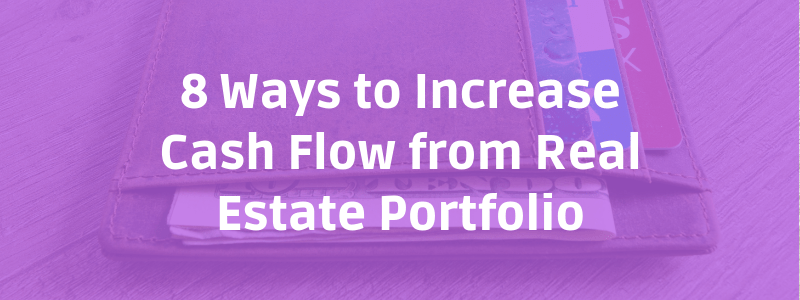
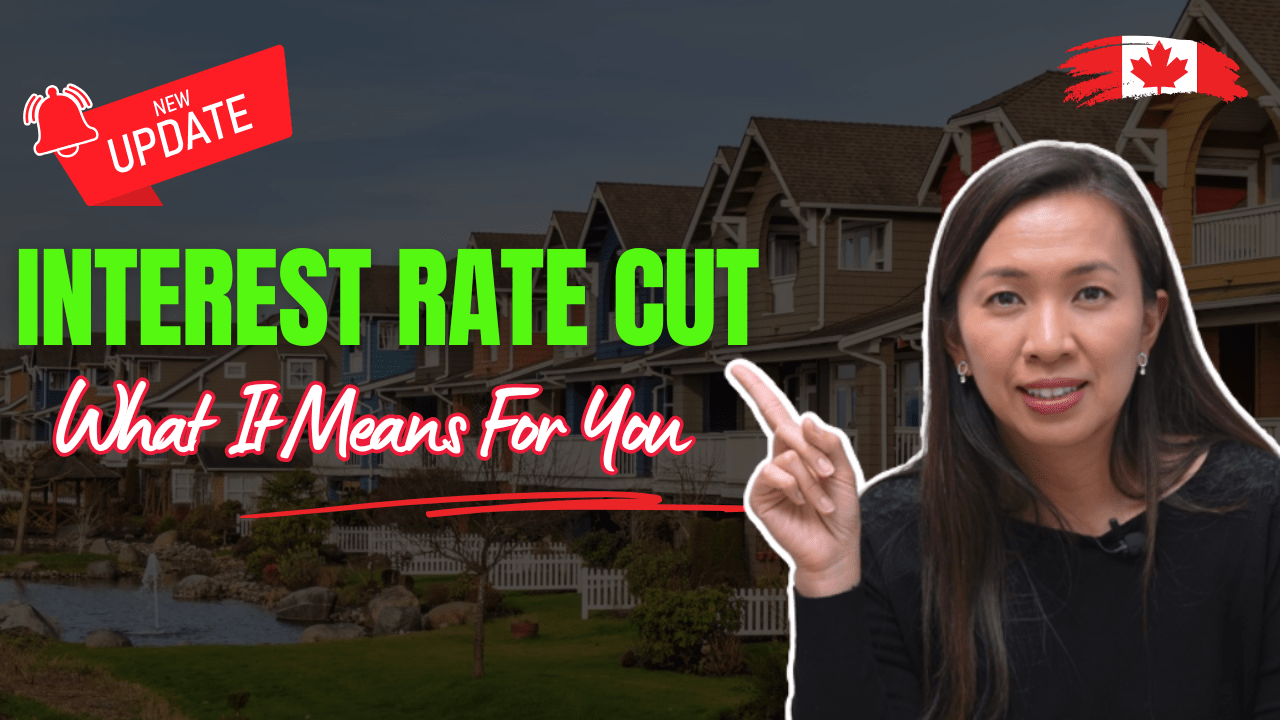

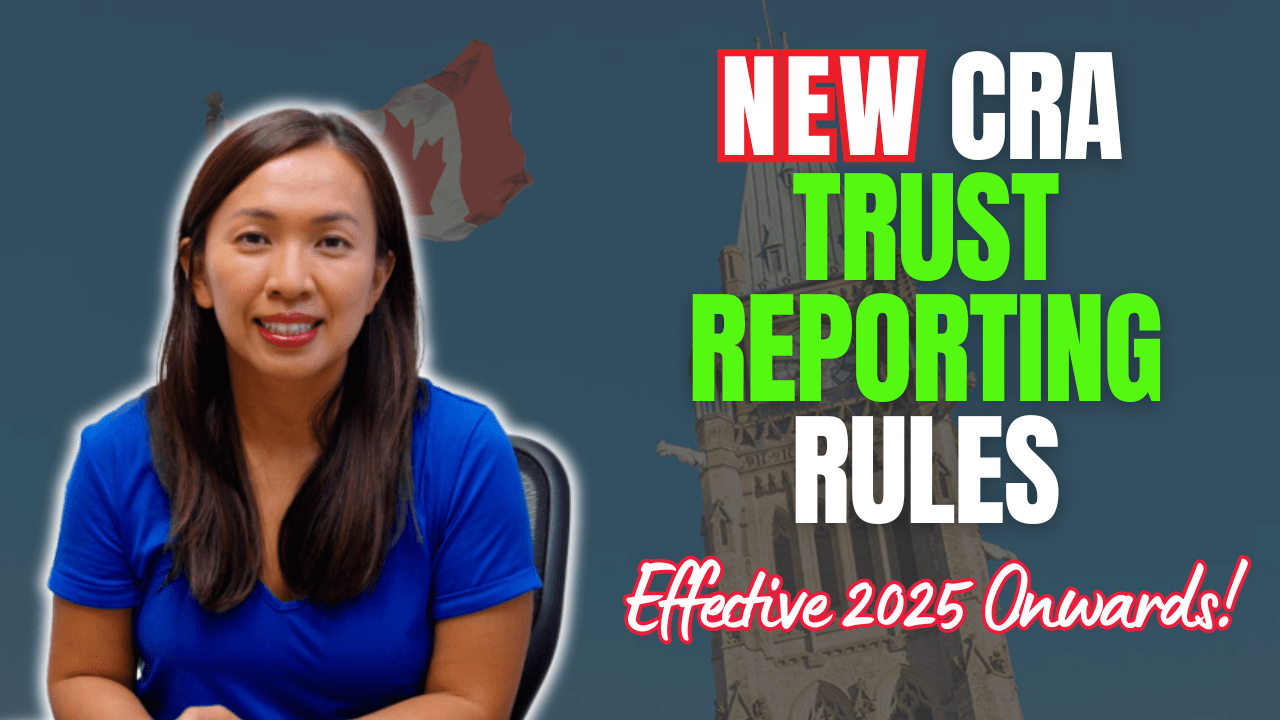
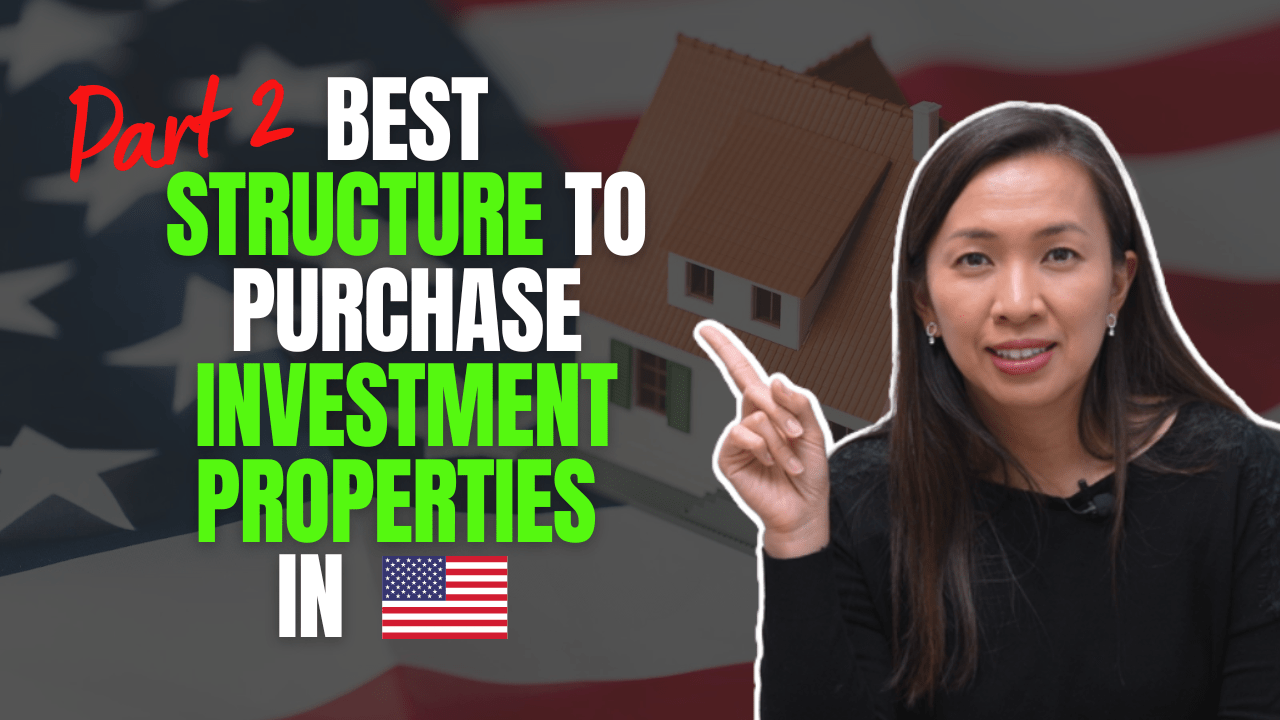
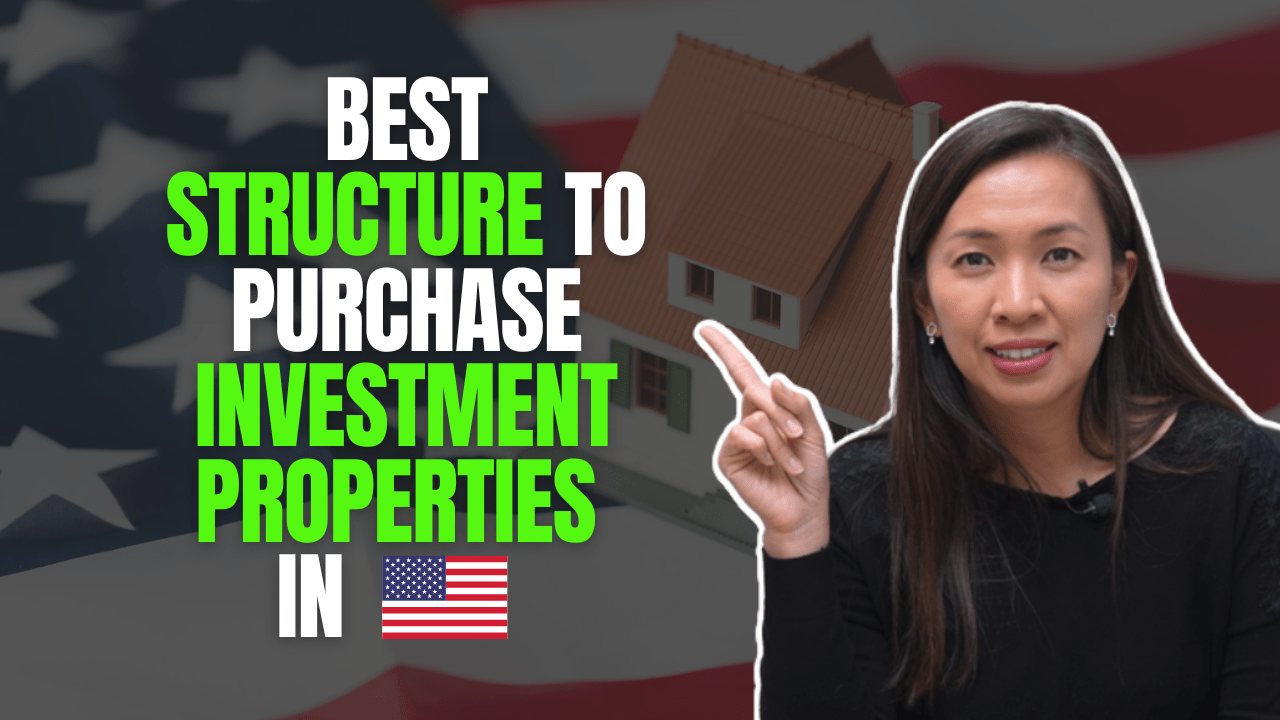
Jessica
When you say “Pay down the mortgage as much as possible“ do you mean pay down the mortgage of your principal residence first or the said investment property?
“One way to increase cash flow from your portfolio is to pay down your mortgage as fast as possible.
This will allow you to lower your mortgage cost and increase future cash flow.”
John
I’m not sure I fully understand refinancing. I have my primary residence in BC, along with a cash flowing rental property.
My assumption is the best route is to put the cashflow from my rental property into the principal of my primary mortgage.
I go to my lender, ask for a refinance to take money out of the home. I use the money to pay off the remainder of my mortgage on my primary residence AND invest into another home, is that right?